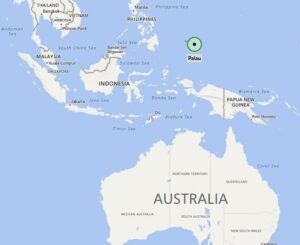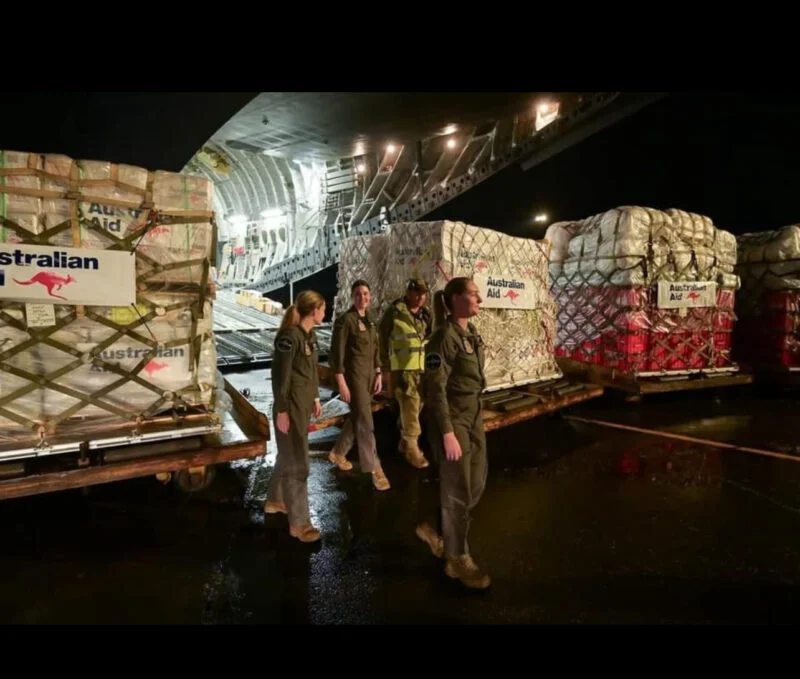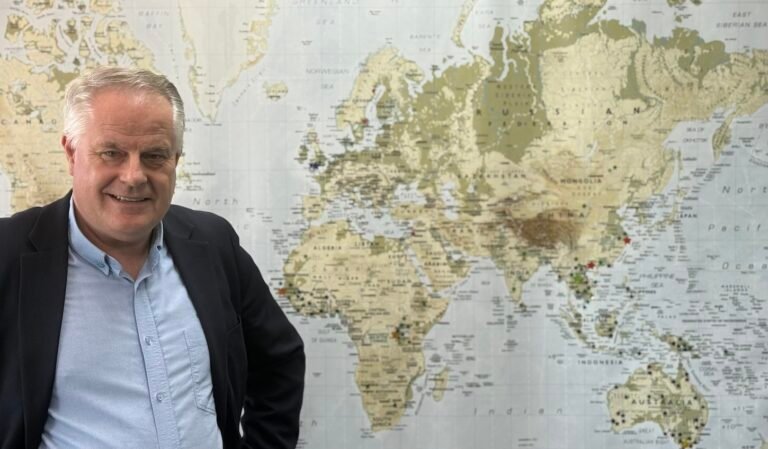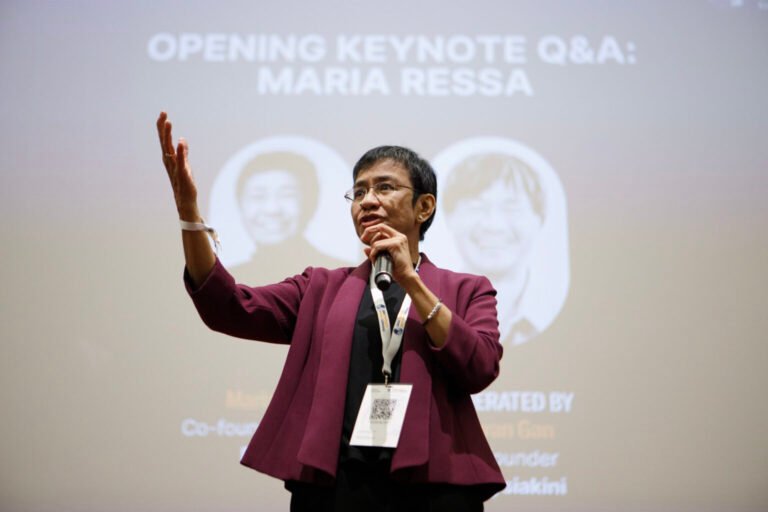A 2016 Science research paper cautioned, “In the absence of strong reductions in greenhouse gas emissions, future greenhouse gas forcing of potential intensity will increasingly dominate over aerosol forcing, leading to substantially larger increases in tropical cyclone intensities”.
The Human influence on tropical cyclone intensity. Originating in Palau formed from Warm Sea Surface Temperatures and Low Wind Shear.
Vietnam was hardest hit by the Super Typhoon Yagi – hitting land on Saturday 7th September on the Northern coast and then moving west toward Hanoi, the capital city – with the death toll rising to above 180 people, entire villages being swept away, and a bridge over the Red River that is a major conduit to the communities.
Australia AID jumped to action yesterday, flying in urgent critical medicines and supplies to begin the long journey of rebuilding their homes and livlihoods.
Immediately after initial impact of the typhoon, the Vietnam Red Cross Society organised the mobilisation of relief items, such as food, medicine, and cash distribution worth up to VND 5.5 billion (190,000 CHF) to support affected communities. Red Cross staff and volunteers have been deployed to assist with debris cleanup and to provide psychological first aid, and disaster response teams are also continuing to collaborate closely with the authorities to conduct damage and needs assessments in the affected areas.
ALL our hearts and blessings go out to Vietnam – to Hainan China – to the Philippines – and to all Nations and Islands in Asia.
Vietnam’s north was the hardest hit by Typhoon Yagi where it has been the most powerful storm in 30 years, with up to wind speeds reaching 213 kilometres (133 miles) per hour, bringing heavy rainfall, strong winds, and severe flooding, leading to landslides and widespread damage.
Now, the floods are approaching Ho Chi Minh City in South Vietnam.
In North Vietnam, at least 179 people are reported to have been killed, including children, with several hundred people being injured and over 47,500 houses damaged or destroyed.
“The strength and intensity of the typhoon has left a trail of catastrophic consequences, with millions of families severely affected in coastal as well as mountainous and hard-to-reach areas,” the UN Children’s Fund (UNICEF) said in a bulletin, issued late on Monday 9 September. The agency estimates that 5.5 million children are among the 19 million people living in the most affected regions.
China: (Yicai) Sept. 11: Typhoon Yagi, hit China leading to economic losses of at least CNY78.6 billion (USD11 billion) in southern Hainan province – equivalent to one-tenth of the tourism hub’s gross domestic product last year – affecting 526,100 people across 19 cities and counties in Hainan and resulting in four deaths and 95 injuries. Crucial infrastructure, including water, electricity, natural gas, and roads, as well as to agriculture and the service industries were severely damaged, according to the local government.
A 2016 Science research paper cautioned, “In the absence of strong reductions in greenhouse gas emissions, future greenhouse gas forcing of potential intensity will increasingly dominate over aerosol forcing, leading to substantially larger increases in tropical cyclone intensities”.
Typhoon Yagi originated from a low-pressure area that formed on August 30, 2024, northwest of Palau. It developed into a tropical storm by September 1, 2024, and was named Yagi by the Japan Meteorological Agency. The storm intensified due to warm sea surface temperatures and low wind shear, eventually becoming a super typhoon – creating extensive land and property devastation and the loss of lives across the Philippines, Viet Nam, Lao PDR, Thailand and China, among others.

ASEAN affirms its solidarity with the governments and peoples of the affected countries and stands ready to extend its cooperation and support to the relief efforts, including through the ASEAN Coordinating Centre for Humanitarian Assistance on disaster management (AHA Centre).
YAGI RELIEF DONATIONS:
INTERNATIONAL RED CROSS VIETNAM












